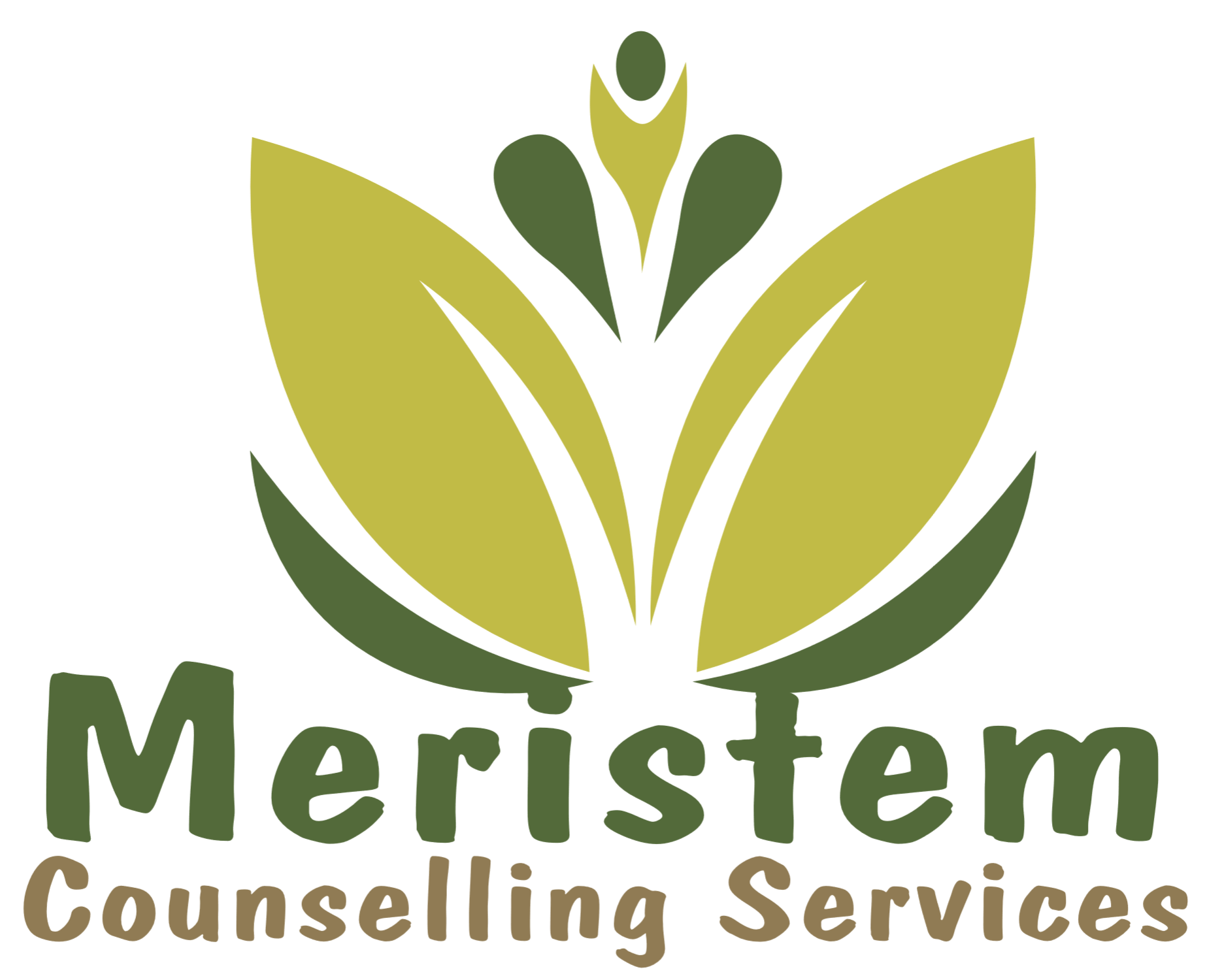According to the current Diagnostic and Statistical Manual of Mental Disorders, otherwise known as the DSM-5, there are nine mental disorders under the anxiety category:
- Separation Anxiety Disorder
- Selective Mutism
- Specific Phobia
- Social Anxiety Disorder
- Panic Disorder
- Agoraphobia
- Generalized Anxiety Disorder
- Substance/Medication-induced Anxiety Disorder
- Anxiety Disorder due to another medical condition
There are many reasons one becomes anxious, hence the long list of disorders which are categorized by their symptoms. Anxiety can be triggered by the thought of being separated from a loved one, fear of a specific social setting, or specific fear, such as dogs, parents, or a spouse, etc. Other anxieties can be induced by taking medications or drugs. It can also be due to a medical condition, such as hyperthyroidism and/or others. The challenge for many people, however, is that they often are not aware that they are even suffering from an anxiety disorder. They know something isn’t quite right, but do not know what it is. Having the courage to consult with a family physician or a counsellor can help solve the mystery, and provide much-needed relief and recovery.
Whatever the trigger may be, in order to overcome anxiety, it is important to identify the cause or the trigger(s). If the cause of the anxiety is not induced by a substance, medication, or a medical condition, anxiety is best treated by an evidence-based therapeutic modality called cognitive behavioral therapy (CBT). CBT’s primary principle is to identify the thinking causing the anxiety. Once that faulty thinking is identified we are to replace it with the truth. This faulty thinking—called a cognitive distortion—causes us to focus on a portion of the truth or something entirely false all together. It is important to first identify sin in order to remove it. The same concept goes for identifying cognitive distortions so that you may replace it with the truth. Common cognitive distortions are: all or nothing thinking, mental filter, jumping to conclusions, emotional reasoning, labelling, overgeneralizing, disqualifying the positive, magnification or minimization. An example of all or nothing thinking would be,“if I’m not perfect I have failed”.
Just knowing these cognitive distortions exist will help you to recognize them, as you use them to process information that you receive from your environment. Once they are identified, you can begin to take in all evidence, or in other words, the whole truth, as you process information. For example, have you ever heard the saying, “they see the world through rose coloured glasses”? Say you have green, blue or red coloured glasses on. The way you see the world will depend upon which coloured glasses you choose. You process the information you receive daily from the world according to your outlook on life. Your outlook on life could be that the world is a dangerous place or that people are out to hurt you. If so, you will process information according to that belief, producing something called biased memory. To gain a picture of the whole truth and a geater perspective, all evidence is to be taken into account when drawing a conclusion – your glasses should be multi-coloured.
Practically speaking, if you convince yourself that you are going to fail in school, but the reality is that you get A’s in every class, that is obviously not a rational thought. But in the moment of pure fear, it feels very real. The key is to remind yourself of the truth the moment you face the lie causing the anxiety. Not all anxiety is a lie. There are legitimate reasons to become anxious at times and in that case, the thought does not need to change, but the problem does. For example, a guilty conscience or being in danger can cause anxiety. Anxiety here serves an important role for change.

